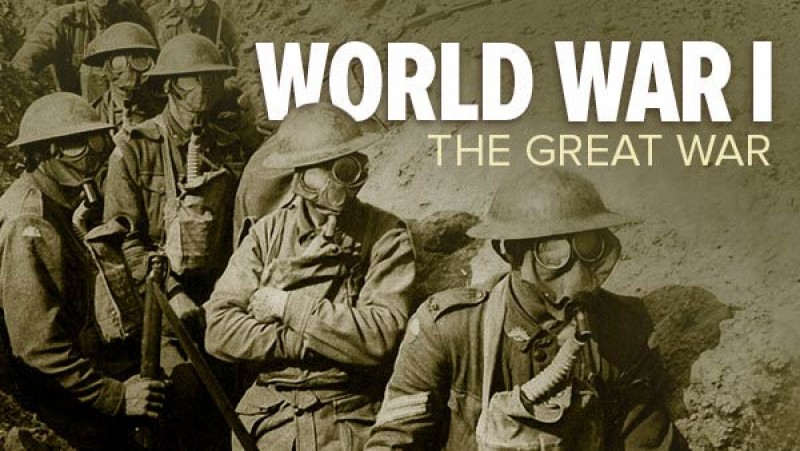Introduction:
World War I, often referred to as the “Great War,” stands as one of the most pivotal events in modern history. Spanning from 1914 to 1918, it reshaped political boundaries, redefined global power dynamics, and introduced warfare on an unprecedented scale.
As we delve into the annals of history, let’s embark on a journey to explore the origins, key events, and lasting impact of this cataclysmic conflict.
Origins of World War I:
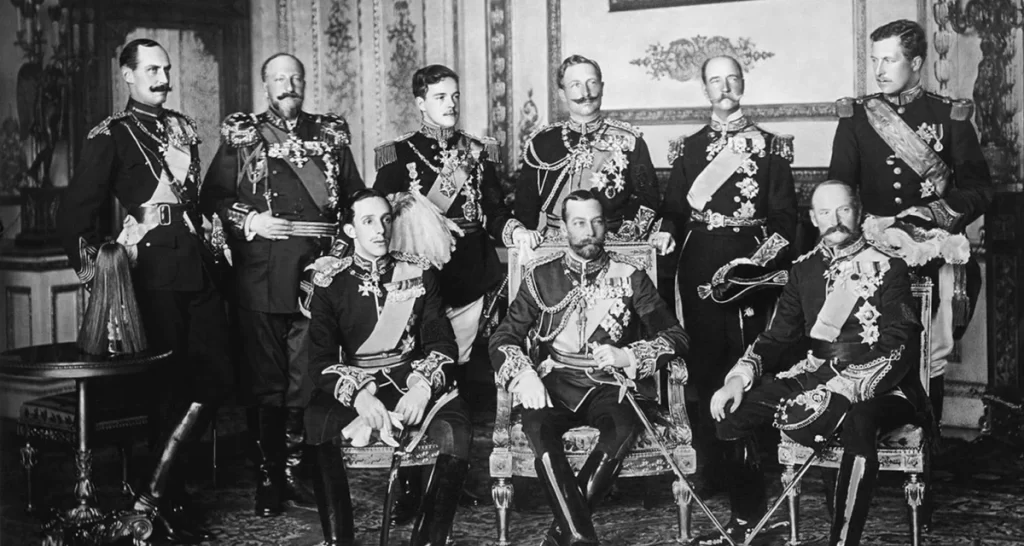
- The seeds of World War I were sown amidst a complex web of alliances, imperial ambitions, and nationalist fervor.
2. The assassination of Archduke Franz Ferdinand of Austria-Hungary in Sarajevo on June 28, 1914, catalyzed the outbreak of war.
3. This event ignited a chain reaction of diplomatic tensions, as alliances between European powers were invoked, drawing the continent into conflict.
Key Events of World War I:

- The conflict unfolded across multiple theaters, with battles raging in Europe, Africa, the Middle East, and the seas.
2. The Western Front witnessed brutal trench warfare, where soldiers endured unimaginable hardships amidst a stalemate of barbed wire and artillery fire.
3. Meanwhile, the Eastern Front saw vast movements of troops and the collapse of empires, including the Russian Revolution of 1917.
4. Naval warfare played a significant role, with the British and German fleets engaging in a deadly struggle for control of the seas.
5. The sinking of the RMS Lusitania in 1915 and the subsequent unrestricted submarine warfare by Germany further escalated tensions and drew the United States into the conflict in 1917.
6. The war also brought about technological advancements in weaponry, including tanks, airplanes, and chemical weapons, forever changing the nature of warfare.
7. The Battle of Verdun, the Somme Offensive, and the introduction of poison gas are etched into the collective memory as symbols of the war’s brutality.
Key Battles of World War I
1. Battle of the Marne (1914):

a) The Battle of the Marne was a pivotal engagement fought between September 6th and 12th, 1914, on the outskirts of Paris, France.
b) It marked the first major clash on the Western Front and halted the German advance towards the French capital.
c) The successful defense by French and British forces helped prevent a quick German victory and set the stage for years of trench warfare.
d) Overall causes of the Battle of the Marne in 1914 were to root in the larger strategic objectives of the belligerent powers and the shifting dynamics of the early stages of World War I.
2. Battle of Verdun (1916):
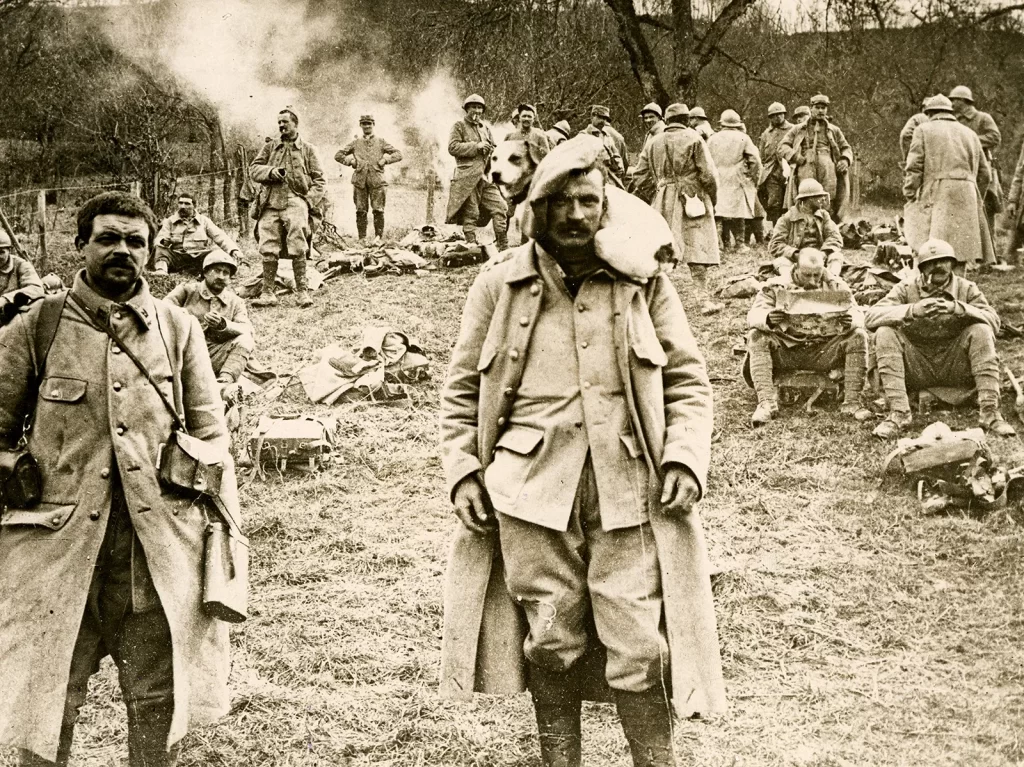
a) Lasting from February to December 1916, the Battle of Verdun was one of the longest and most grueling battles of World War I.
b) Fought between French and German forces around the fortified town of Verdun-sur-Meuse in northeastern France, it became a symbol of French determination and resilience.
c) Therefore Verdun’s strategic importance and relentless fighting resulted in immense casualties on both sides, with estimates ranging from hundreds of thousands to over a million.
d) As a result The Battle of Verdun resulted in immense human suffering and loss of life. It is estimated that around 300,000 soldiers were killed and another 400,000 were wounded during the ten months of intense fighting.
3. Battle of the Somme (1916):
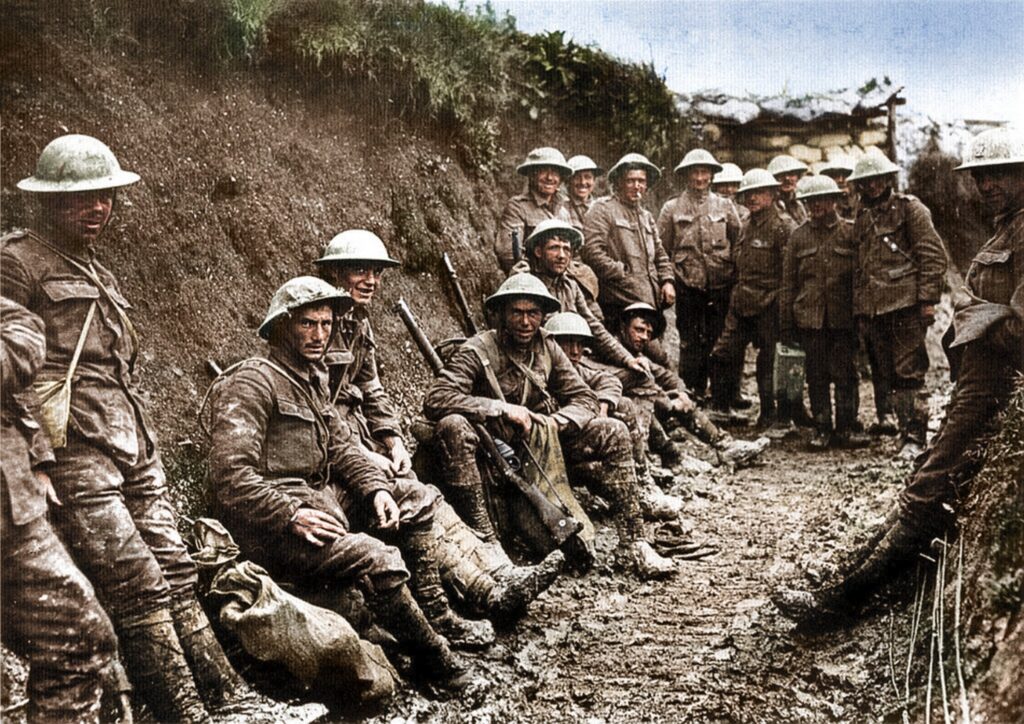
a) Firstly on July 1st, 1916, the Battle of the Somme was one of the bloodiest battles in human history. Fought along a 30-mile front in northern France, it was intended to relieve pressure on the French forces at Verdun.
b) British and French forces launched a massive offensive against the German lines, resulting in staggering casualties on the first day alone.
c) The battle lasted until November 1916, with minimal territorial gains for the Allies and over a million casualties on both sides.
d) Overall, the Battle of Somme was a costly and grueling engagement that shaped the course of World War I and left a profound impact on those who experienced it firsthand.
4. Battle of Gallipoli (1915-1916):
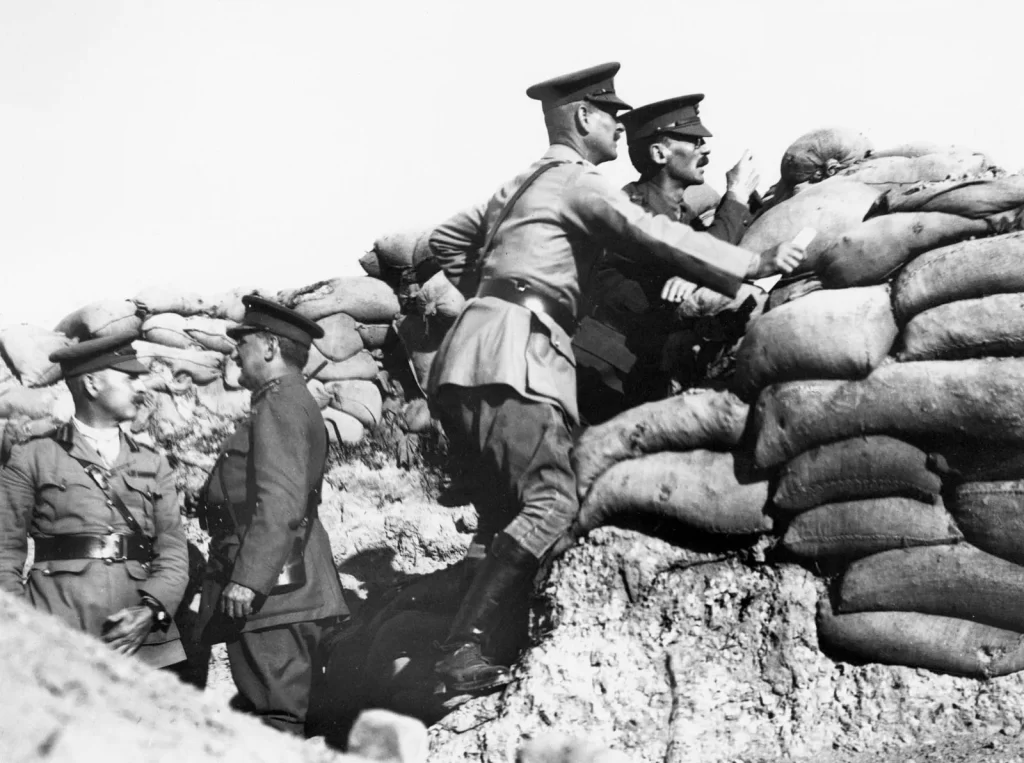
a) The Battle of Gallipoli failed because of an Allied campaign to capture the Gallipoli Peninsula in the Ottoman Empire (modern-day Turkey) and open a supply route to Russia.
b) Launched in April 1915, the campaign involved a series of amphibious landings by British, Australian, New Zealand, and French forces.
c) Despite initial gains, the Allies faced fierce resistance from Ottoman forces and suffered heavy casualties.
d) Thus, the campaign ended in January 1916 with the evacuation of Allied troops.
5. Battle of Jutland (1916):

a) The Battle of Jutland was the largest naval battle of World War I, fought between the British Royal Navy’s Grand Fleet and the Imperial German Navy’s High Seas Fleet in the North Sea off the coast of Denmark.
b) Fought on May 31st and June 1st, 1916, on the other hand, the battle saw over 250 ships and around 100,000 sailors engaged in combat.
c) Though inconclusive in terms of strategic outcome, it highlighted the challenges and risks of naval warfare in the modern era.
“To sum up these key battles of World War I illustrate the scale, brutality, and strategic significance of the conflict, shaping its course and leaving a lasting impact on the history of the 20th century.”
End and Legacy:
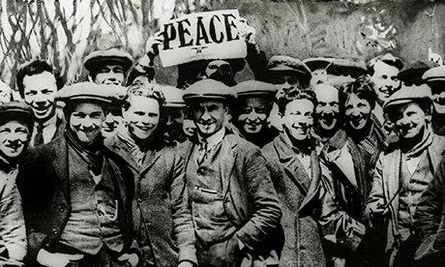
- After years of bloodshed and devastation, the war finally came to an end with the signing of the Armistice on November 11, 1918.
2. The Treaty of Versailles, signed in 1919, imposed harsh penalties on Germany, setting the stage for simmering resentment and economic turmoil that would eventually pave the way for World War II.
3. consequently the human cost of World War I was staggering, with millions of soldiers and civilians losing their lives, and countless others suffering physical and psychological wounds that would haunt them for years to come.
4. The War also sparked social and cultural upheaval, catalyzing movements for women’s rights, decolonization, and the reevaluation of traditional values.
Conclusion:
In conclusion, we reflect on the history of World War I, we are reminding of the profound impact it had on the world we inhabit today.
It serves as a cautionary tale of the dangers of nationalism, militarism, and unchecked aggression.
By understanding the complexities of this conflict, we honor the sacrifices of those who lived through it and reaffirm our commitment to peace and international cooperation.
May the memory of World War I continue to inspire us to strive for a world free from the horrors of war.
